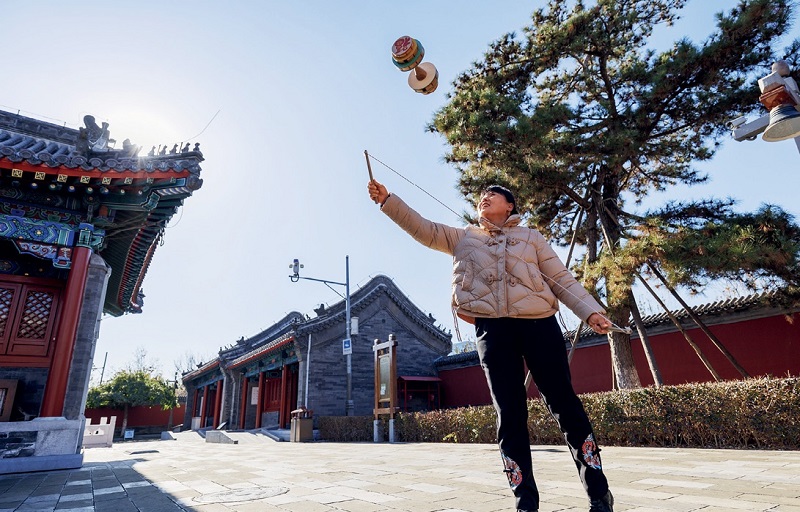
Kongzhu, also known as the Chinese Yo-Yo, is a traditional toy popular in Beijing. It literally means "hollow bamboo" due to being traditionally made of bamboo or wood, and is called diabolo in Western countries following the introduction of the game there.
10:52, 06-03, 2025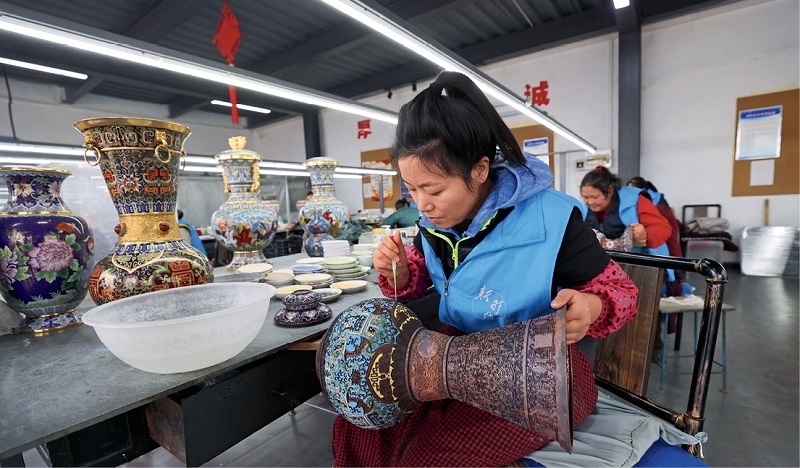
Chinese Cloisonné is the centuries-old handicraft of creating designs on copper bodies with colored-enamel placed within divisions made of copper wires, which are bent to follow the outline of decorative patterns.v
09:26, 04-30, 2025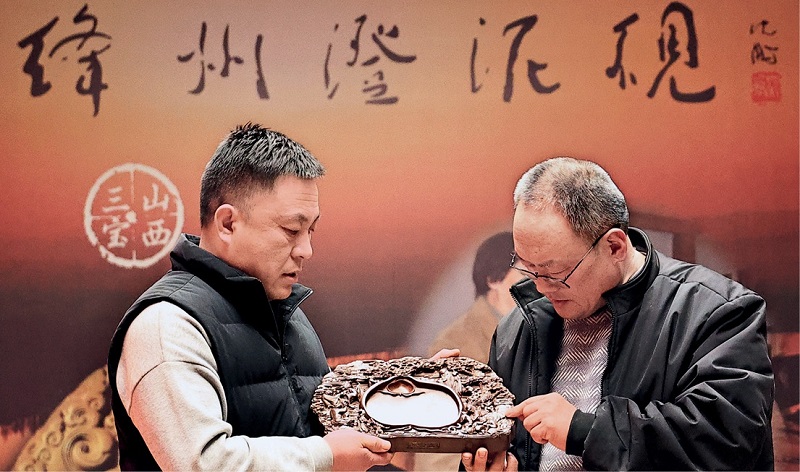
Chengni inkstone has long been recognized as one of China's most prominent types of inkstones, and those made in Jiangzhou, now Xinjiang County in Shanxi Province, are the most representative.
10:45, 04-01, 2025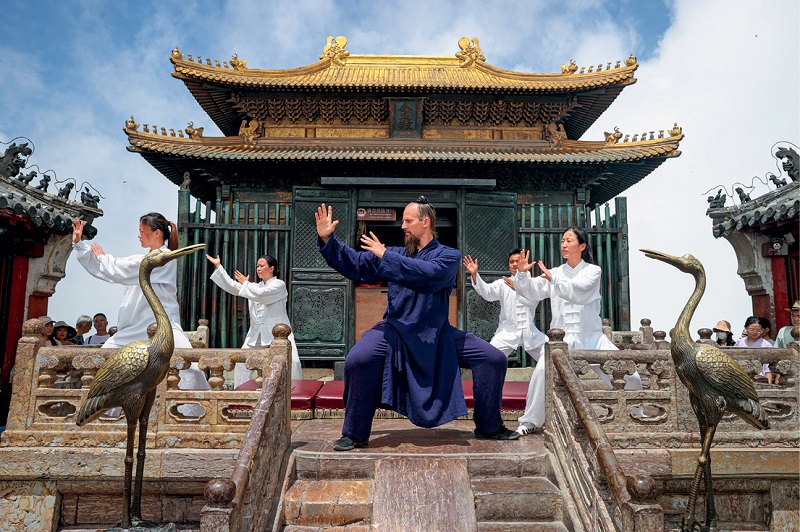
Wudang martial arts originated in the Wudang Mountains in Shiyan City, Hubei Province. Its founder, Zhang Sanfeng, was a Taoist who lived during the late Yuan (1206-1368) and early Ming (1368-1644) dynasties.
11:17, 03-03, 2025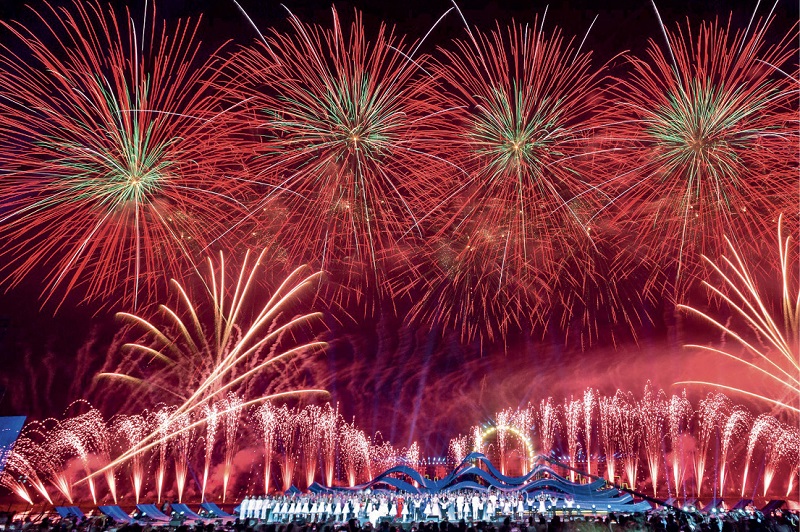
The craft of making fireworks in Liuyang City, Hunan Province, dates back to the Tang Dynasty (618-907). More than 1,300 years ago, Li Tian from Dayao, Liuyang, invented firecrackers to ward off evil spirits and express people's desire for peace and good luck.
15:31, 02-05, 2025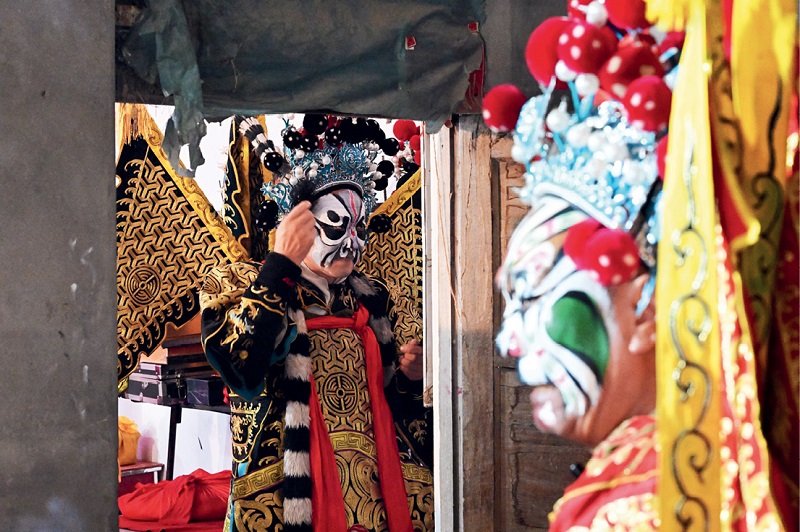
Qinqiang is a form of opera based on folk tunes that are performed in the dialect spoken in Shaanxi Province.
11:23, 01-06, 2025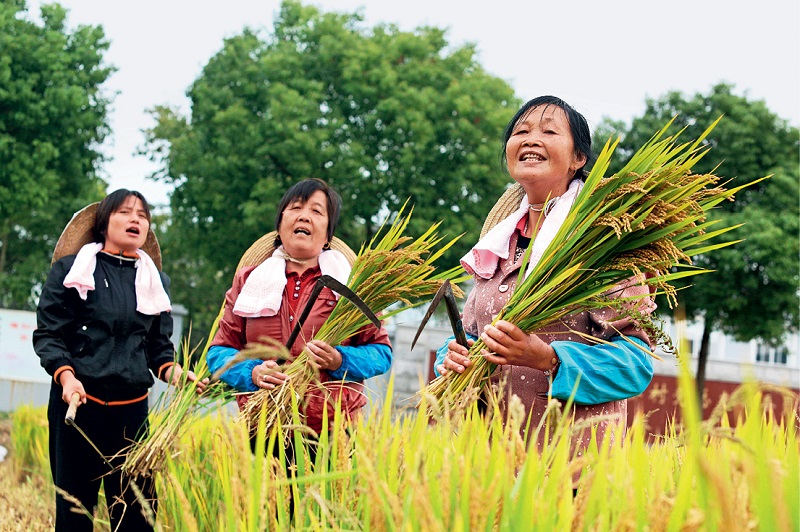
Tianshange is a unique form of folk tune in Wu dialect (spoken in Shanghai, Zhejiang Province, and in southeastern Jiangsu Province).
10:56, 12-02, 2024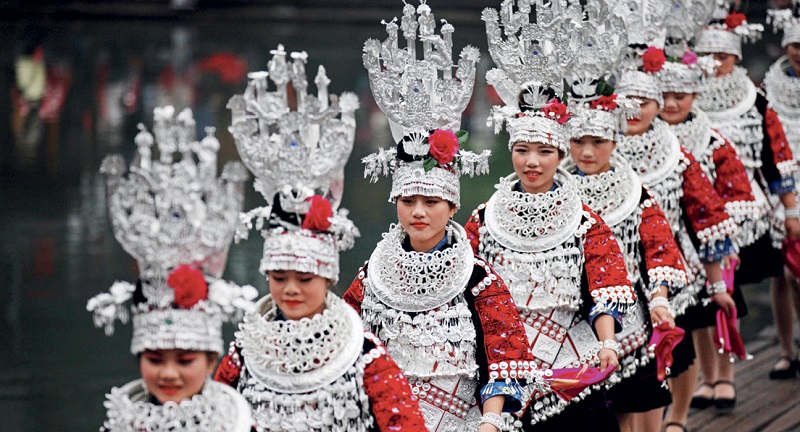
Women of the Miao ethnic group in China love silver ornaments. In ancient times, the Miao people were always traveling rather than settling down.
13:27, 11-04, 2024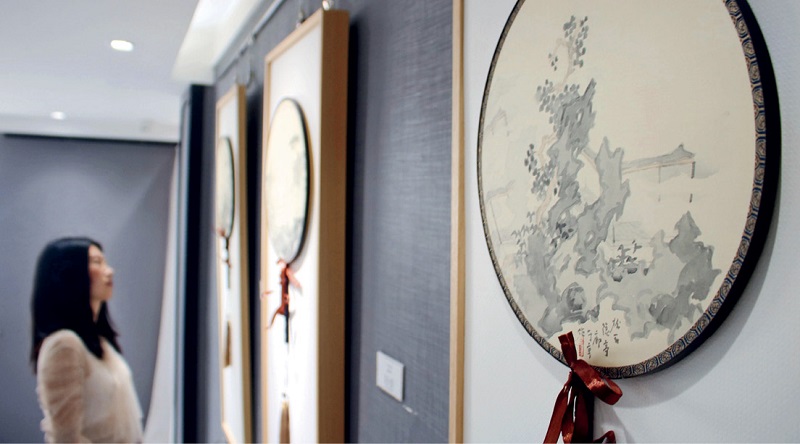
Suzhou fans are a special traditional handcraft of Suzhou City, east China’s Zhejiang Province, having a history of several hundred years.
13:15, 09-02, 2024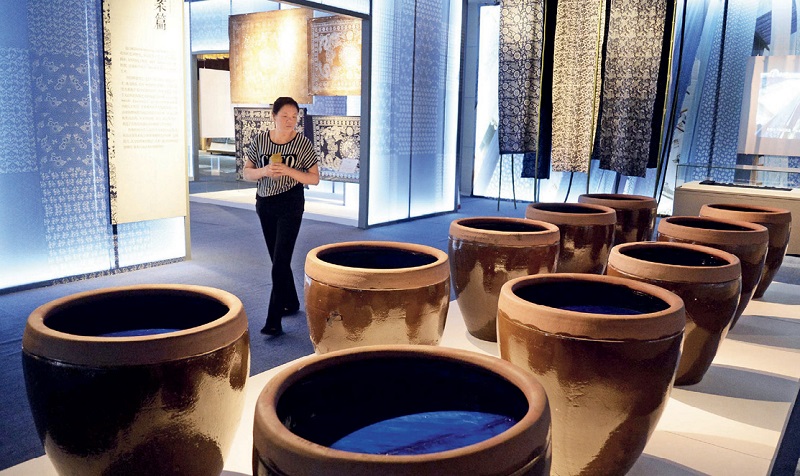
Blue calico is a traditional Chinese handmade printed fabric. Dyed in indigo, it has a blue base with white patterns.
12:21, 08-05, 2024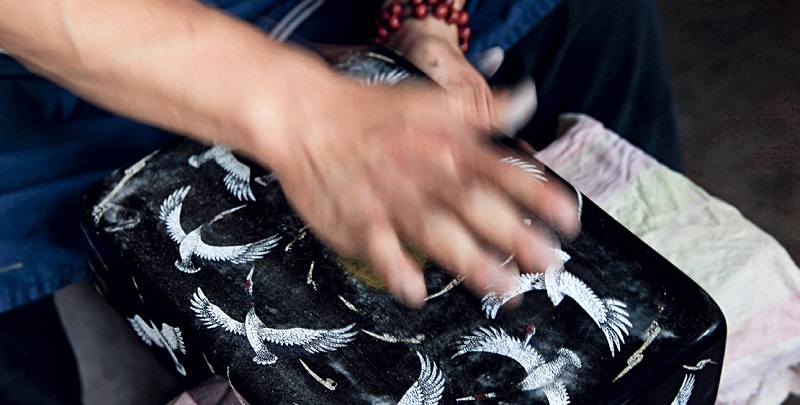
Pingyao hand-polished lacquerware has been widely considered as one of the four most famed lacquerware types in China.
15:08, 07-01, 2024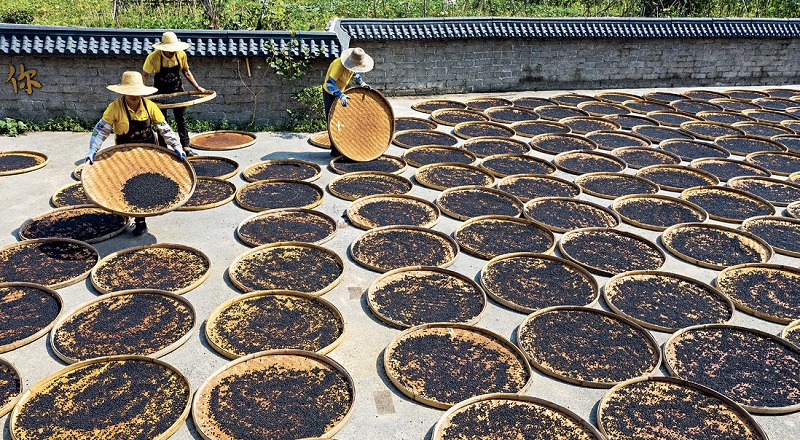
The ancient town of Huangyao located in Zhaoping County, Hezhou City, south China's Guangxi Zhuang Autonomous Region, is renown for its time-honored Douchi processing techniques.
15:15, 06-04, 2024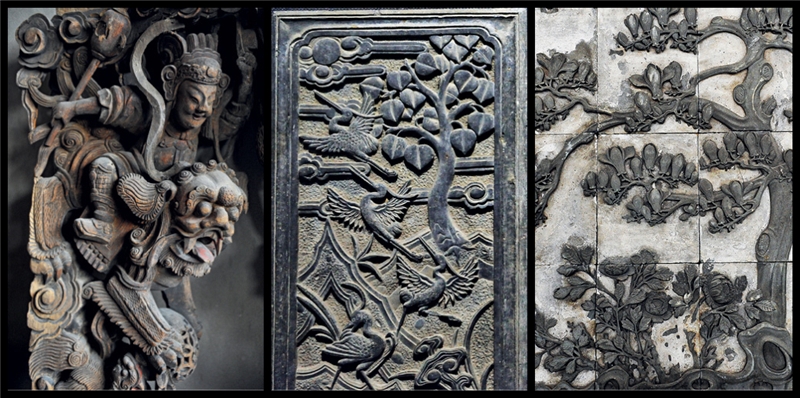
In the present day, Huizhou refers to the area covering Huangshan City of Anhui Province and Wuyuan County in Jiangxi Province. This historic region is renowned for its unique art of carving named after it.
15:24, 05-06, 2024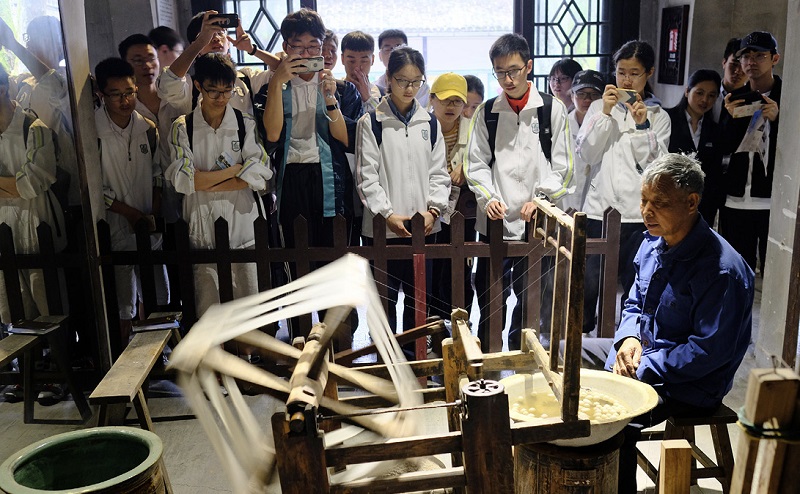
Jili silk is a type of silk produced in Jili Village, Nanxun Town, Nanxun District, Huzhou City in east China’s Zhejiang Province.
11:44, 04-08, 2024